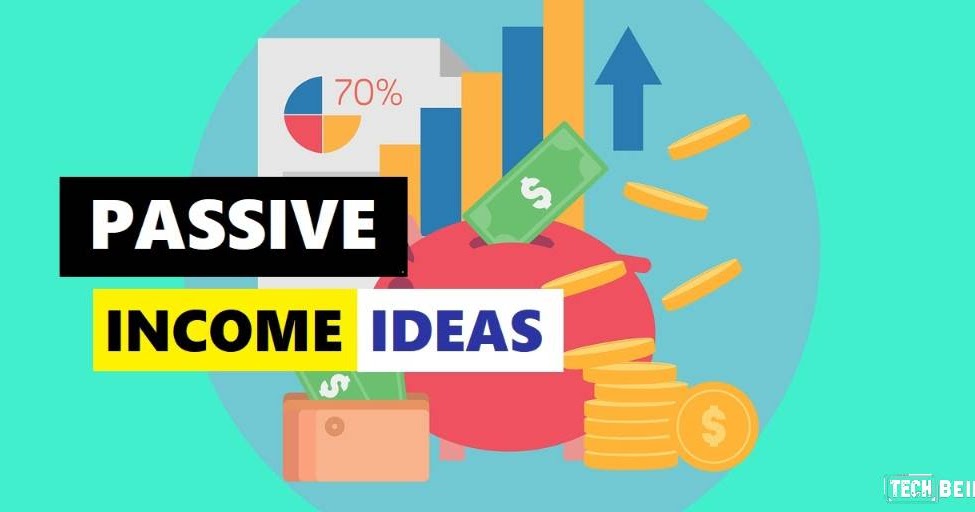Recently, Web 3.0 has overrun our notification boxes. It has all the grounds to be referred to as “the new internet” by enthusiasts. Web3.0 is a decentralized version of the internet that allows you to own your interactions across the networks you use every day in addition to reading and writing on them. Overall, the internet’s future is promising yet vastly different from the present. The goal of the new internet is to replicate real-world characteristics in the digital realm.
There have been three waves of technological advancement in digital marketing over the past few years: Web 2.0, Social Media, and Web 3.0.
Web1.0 was primarily comprised of static text and images. We could start connecting with one another through Instagram stories, tweets, blogs, and Facebook postings after Web2 arrived. Everything then became interactive, web3 social media app development platforms started to appear here and there, and everything became interactive. What comes next, then?
The decentralized Web, also known as Web 3.0.
How was Web 3.0 Created?
The main theme of all of this was the financial crisis of 2018. It revealed the government’s carelessness and how they bailed out banking institutions with tax dollars. For many, this was the final drop, which was sufficient justification for finding a solution. The Bitcoin blockchain was created by an unidentified person (or group) by the moniker of Satoshi Nakamoto. By automating the process, banks and other centralized intermediaries are no longer necessary, enabling users to send money securely and reliably from anywhere.
Web 3.0 as we know it today was made possible by the blockchain, but it took some time before blockchain applications like decentralized finance (DeFi), smart contracts, and decentralized autonomous organizations were implemented (DAOs). The use of Meta by social networks like Facebook strengthened the connection between hardware (such as VR and AR devices) and software. Web3.0 evolved into the ideal platform for the newest data-driven technologies, like blockchain and artificial intelligence.
Returning to the main argument, the new internet is said to be wiser and more intelligent than earlier Web eras. We anticipate that as immersive technologies advance, digital marketing will reach new heights. Brands will be spoiled for options when it comes to luring new customers to use their products in a fun, more individualized, and engaging way.
User Data will only be Partially Accessible to Marketers.
The way that companies access and use consumer data has been rethought in Web 3.0. rely heavily on the user data they get now to generate large amounts of revenue. Either by selling it to outside parties or by utilizing it as a marketing tool.
Given how valuable personal data might be, proponents of the new internet contend that users should have greater control over how it is used and who they share it with.
Savana asserts that new user privacy regulations would make it more difficult for brands to collect customer data while also requiring them to be more open about the collection and use of that data. To reach their intended audience, they’ll probably need to develop fresh, imaginative strategies.
The use of Non-Fungible Tokens will Spread.
The metaverse and NTFS will ultimately gain in popularity. We anticipate that the trend will begin to gain traction later this year. Online art sales by artists have witnessed the widespread adoption of NFTs. But these digital tokens are more than just that.
Tokens have a special worth that serves as a record of ownership with tangible advantages. NFTs are more than simply works of art, and brands and marketers may use the blockchain technology that underpins NFTs to develop novel customer experiences by:
Creating distinctive branded tokens that grant entry to special events
Tokens that grant content early access
Tokens that Grant Entry to Exclusive Deals and Discounts
What customers do with these tokens is up to them. They can either keep these special tokens for themselves or list them on the already burgeoning NFT market and sell them there.
The way that companies and brands receive payment will also alter right away. Cryptocurrency acceptance in digital retailers is already increasing, which will change the way we communicate and discuss the particular point of sale.
Web3.0 gives the Consumer more Power than Ever Before.
Redistributing power to the edge consumer is the main goal of the new internet. Instead of following along for the journey, consumers will be the ones to make decisions and advocate for the ideas that most appeal to them.
As a result of this change, digital marketing agencies and brands will need to focus more on building a solid community. The community is more crucial than ever because of the growing cynicism toward brands and how they handle data.
More Freedom for Content Producers
Many content producers feel as though they are at the pit of the platforms they use, which have strict rules on what they can publish and low revenue possibilities. They would have complete autonomy thanks to the new internet.
When someone downloads their work, artists and content producers only receive a small portion of the money; in contrast, the hosting service (such as Apple Music or Spotify) profits handsomely. The same thing occurs with YouTube and Twitch content producers. With the new Web3.1 revenue model, however, this won’t be the case. It’s time for creators to rule and reap the rewards of their own labor.
Web 3.0 is obviously still a ways off from being a reality. But sooner or later, marketers will have to learn to understand it.




